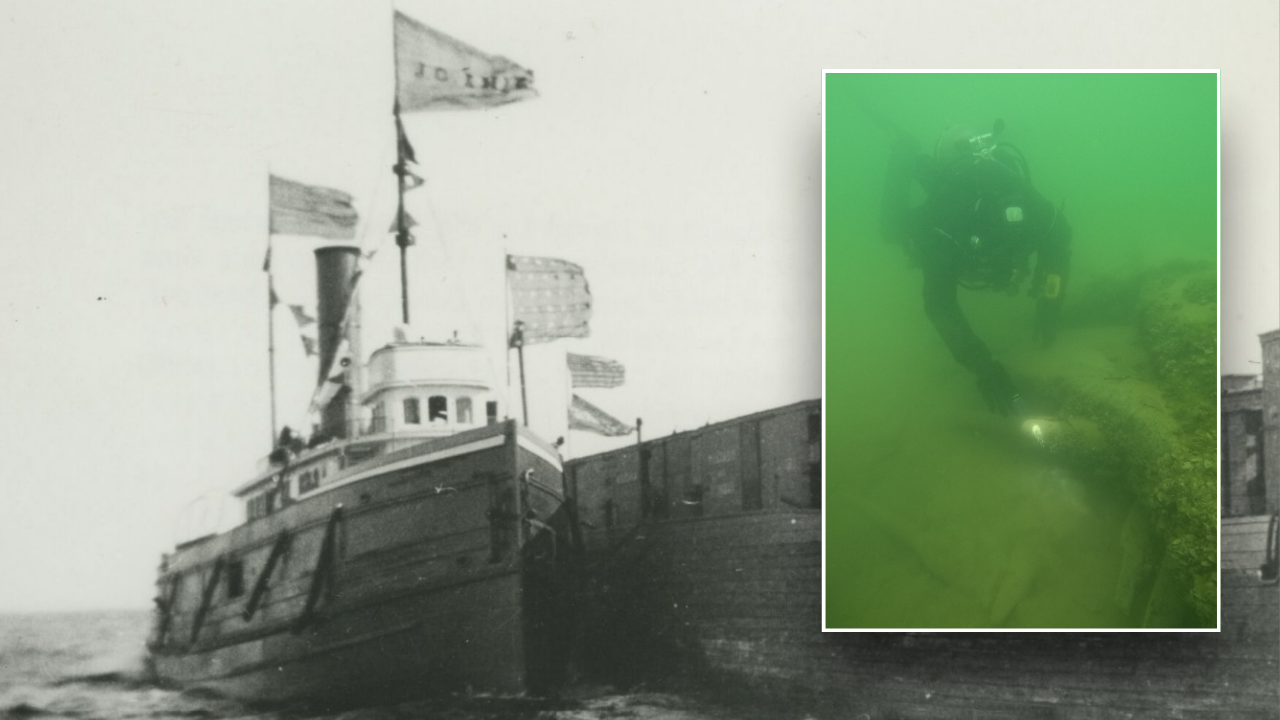From cows painted with stripes to lizards munching on pizza, the Ig Nobel Prizes once again showcase the lighter side of scientific curiosity while highlighting unexpected ways research can spark new perspectives.
Every year, a unique celebration of eccentric yet thought-provoking scientific achievements captures the imagination of both researchers and the public. The Ig Nobel Prizes, a long-running tradition in the academic world, aim to honor projects that make people laugh first and think later. This unconventional ceremony returns with a lineup of studies that, at first glance, appear humorous or even absurd. Yet beneath the laughter lies a deeper appreciation for the creative and unconventional approaches that broaden the horizons of knowledge.
Among the many projects recognized this year, two have stood out for their ability to ignite conversation: cows painted with zebra-like stripes to test pest control methods, and observations of reptiles enjoying a slice of pizza. These examples, while seemingly whimsical, emphasize the value of approaching research questions with open-mindedness and creativity. They also reflect the broader spirit of the Ig Nobels, where curiosity is rewarded, and where unusual experiments encourage fresh insights into the complexities of the world.
The spirit of the Ig Nobel Prizes
Since their beginnings in the 1990s, the Ig Nobel Prizes have established a unique spot in the scientific world. Unlike the Nobel Prizes, which celebrate significant achievements in fields like physics, medicine, and literature, the Ig Nobels award research that combines wit, inventiveness, and unexpected impact. This yearly event, organized by the science humor magazine Annals of Improbable Research, gathers scholars, Nobel Prize winners, and an international crowd for a lighthearted but meaningful ceremony.
The awards aim not to ridicule but to highlight that science thrives on curiosity in all its forms. By focusing on unusual or unexpected research topics, the Ig Nobels remind both the academic community and the general public that exploration often requires stepping outside conventional boundaries. A study that initially seems comical may, on closer inspection, offer practical implications or inspire more formal research in related areas.
Over the years, the Ig Nobels have celebrated a wide range of studies, from the physics of slipping on banana peels to the medical implications of roller-coaster rides in passing kidney stones. These projects demonstrate that even quirky ideas can hold hidden layers of insight, and that humor can serve as a powerful gateway to engage people with scientific inquiry.
Science behind cows with stripes and pizza-loving lizards
One of the ceremony’s standout moments featured a project where cattle were adorned with black-and-white stripes similar to zebras. Initially, the idea might appear humorous, but it was actually inspired by genuine farming issues. Livestock owners consistently struggle with biting insects that distress their animals, decrease milk yield, and present health dangers. The scientists proposed that the unique striping could interfere with the visual signals flies rely on to settle on animals. Their trials indicated that this peculiar method markedly decreased fly landings, providing a sustainable substitute for insecticides.
Another lighthearted but intriguing recognition went to a study documenting reptiles consuming fast food, specifically lizards caught in the act of eating pizza. While the image of a lizard enjoying a human snack naturally provokes laughter, the research raised questions about urban ecology, animal adaptation, and how human behaviors influence wildlife diets. The findings hint at the broader implications of how species adjust to environments shaped by humans, often in surprising and sometimes unhealthy ways.
Both examples demonstrate the Ig Nobel idea impeccably: investigations that provoke a grin while also highlighting real scientific, environmental, or ecological issues. They illustrate how innovative thought can prompt meaningful debates about sustainability, human influence on the environment, and even the well-being of animals.
The significance of comedic science
Some people may argue that unusual projects divert attention from more serious studies, yet the Ig Nobels counter this perspective by highlighting the importance of unconventional thinking. Laughter can break down obstacles, rendering intricate or technical topics easier to understand for a broad audience. This ease of understanding encourages public curiosity about science, especially now when the dialogue between scientists and the public is crucial.
Studies that are amusing or atypical can also act as catalysts for future insights. What starts as a whimsical experiment might occasionally uncover neglected links or motivate more thorough exploration in pertinent areas. For instance, the idea of striped cows could spark broader developments in natural pest management, while noticing lizards adapting to leftover human food might aid in grasping the complexities of urban biodiversity.
Furthermore, the Ig Nobels promote humility in science. By celebrating research that is offbeat, the awards remind academics that not every experiment needs to result in world-changing breakthroughs. Curiosity itself is valuable, and allowing room for unconventional approaches encourages creative problem-solving.
Global attention and cultural impact
The Ig Nobel Prizes have transcended being merely an award presentation—they’ve evolved into a cultural phenomenon. Annually, researchers, reporters, and interested individuals from the public gather to discover the newest laureates. The event’s whimsical atmosphere, featuring paper airplanes thrown by attendees and comical acceptance addresses, has transformed it into a festivity of both creativity and intelligence.
Esta visibilidad es importante porque lleva la ciencia a conversaciones fuera del ámbito académico. Personas que normalmente no interactuarían con la literatura científica o investigaciones técnicas pueden relacionarse con estas historias. Ya sea compartiendo en redes sociales la rareza de vacas pintadas como cebras o riéndose de reptiles que comen pizza, estos hallazgos peculiares se convierten en una puerta de entrada a debates más amplios sobre la investigación científica y la curiosidad humana.
Los premios también transmiten un mensaje simbólico: la ciencia no solo se trata de seriedad y competencia, sino también de alegría, asombro y diversión. Este equilibrio ayuda a contrarrestar el estereotipo de la investigación como algo árido o inaccesible, abriendo puertas para que más personas valoren su papel en la sociedad.
A celebration of curiosity without limits
The comeback of the Ig Nobel Prizes highlights the significance of integrating both thoroughness and humor in scientific endeavors. Although conventional awards concentrate on groundbreaking achievements, the Ig Nobels highlight that minor, unusual, or entertaining research can also expand knowledge. In their unique manner, they affirm the notion that science is a human pursuit, abundant in creativity, unpredictability, and even joy.
The acknowledgment of initiatives like striped cows and pizza-loving lizards illustrates that what starts as a peculiar inquiry can uncover significant understandings in fields like agriculture, ecology, and adaptation. These awards celebrate the scientists who dare to pose questions that others might ignore, showing that intellectual curiosity frequently flourishes in the least expected areas.
As the Ig Nobels make their yearly comeback, they emphasize not just unusual findings but also the significance of maintaining science accessible and captivating. Whether these investigations result in useful applications or merely provide amusement, they underline the notion that exploration is a journey to be cherished in every shape.




